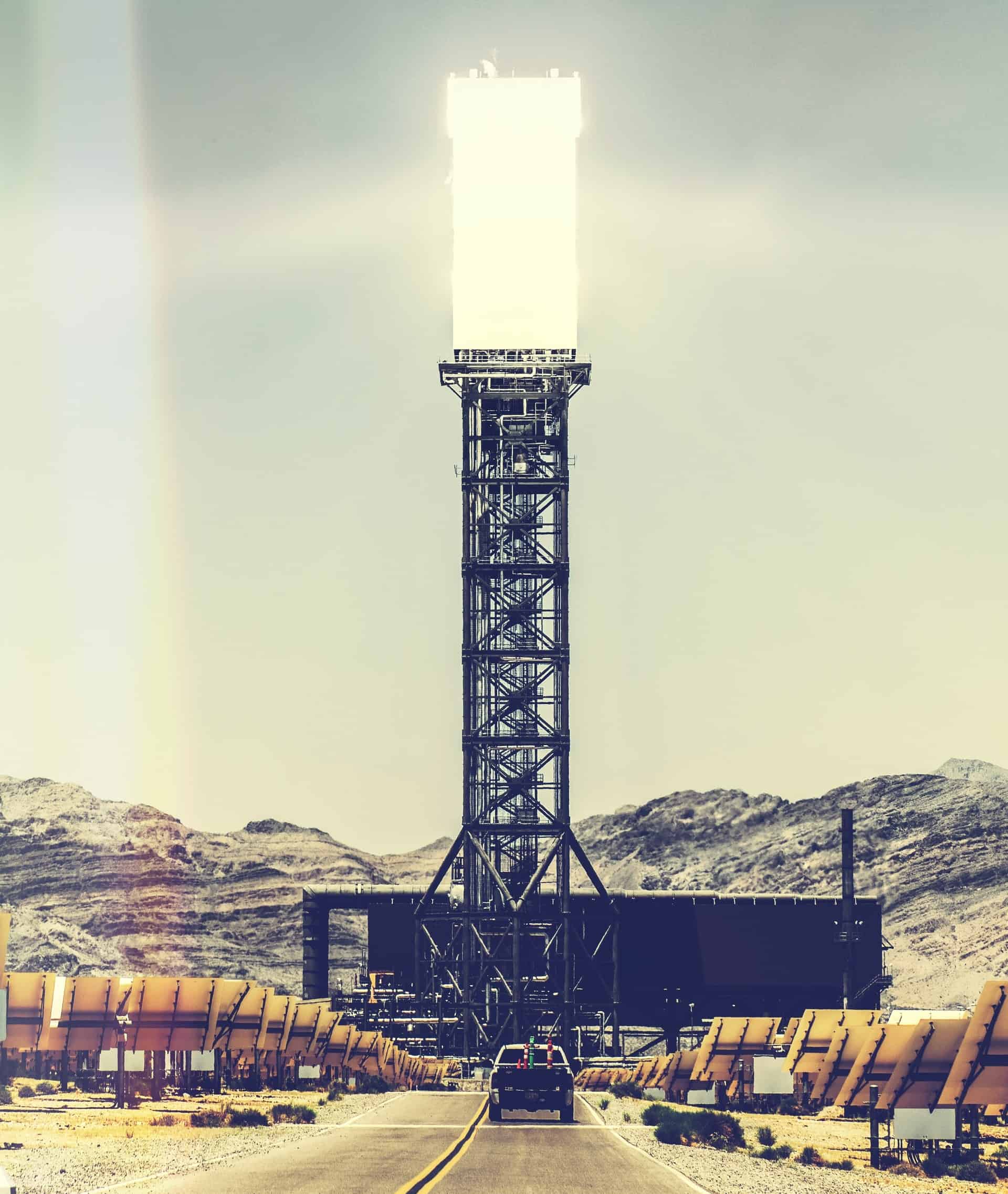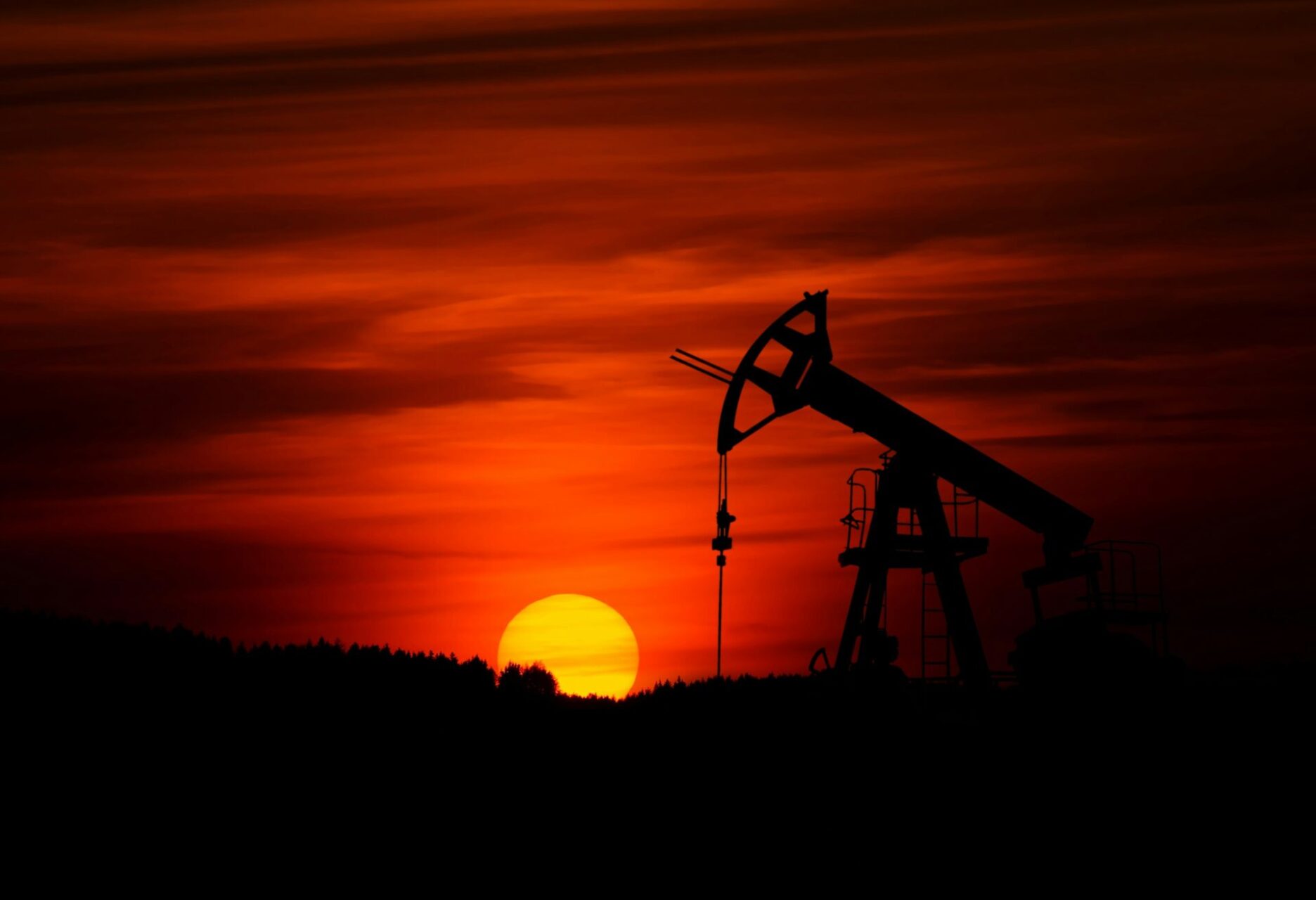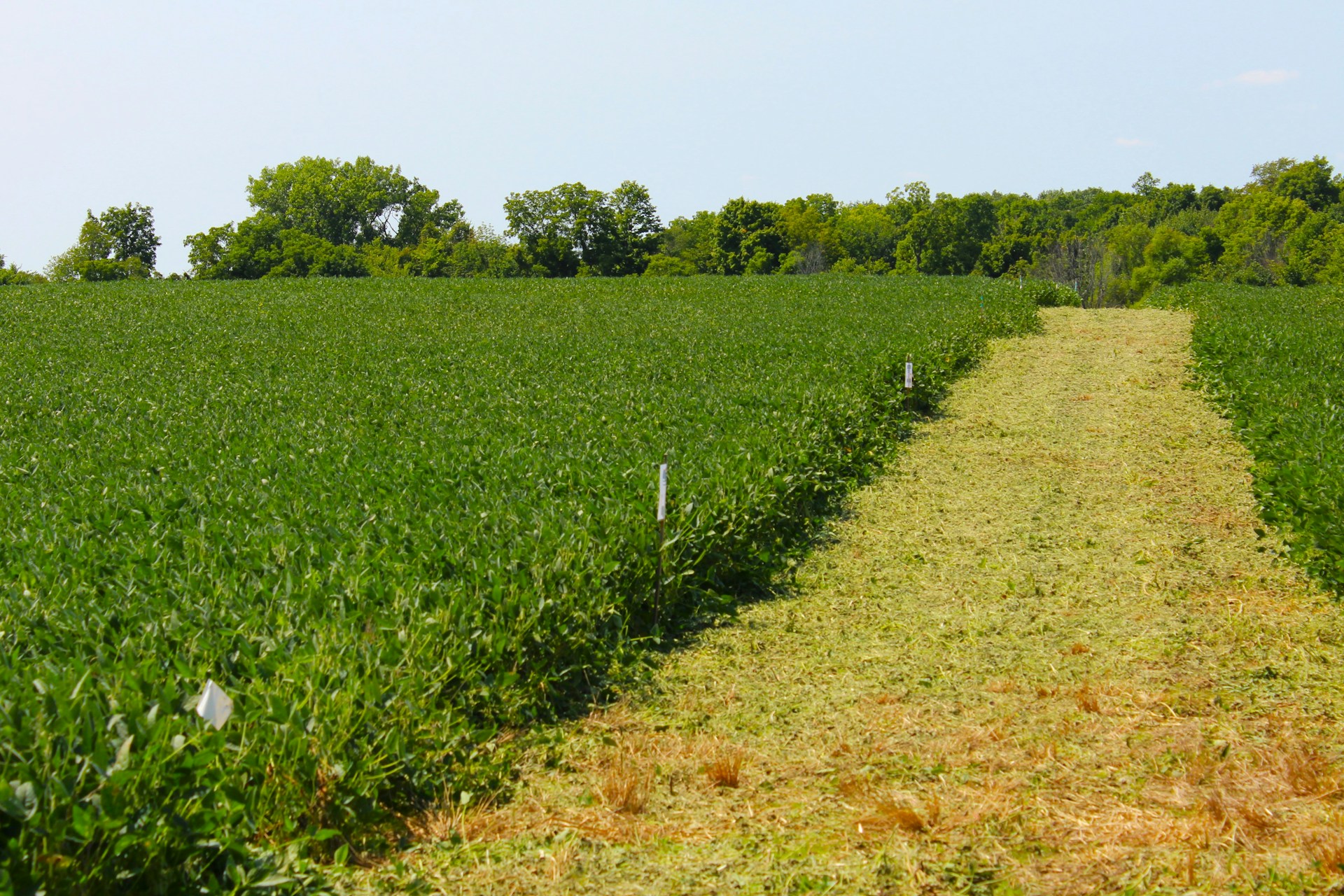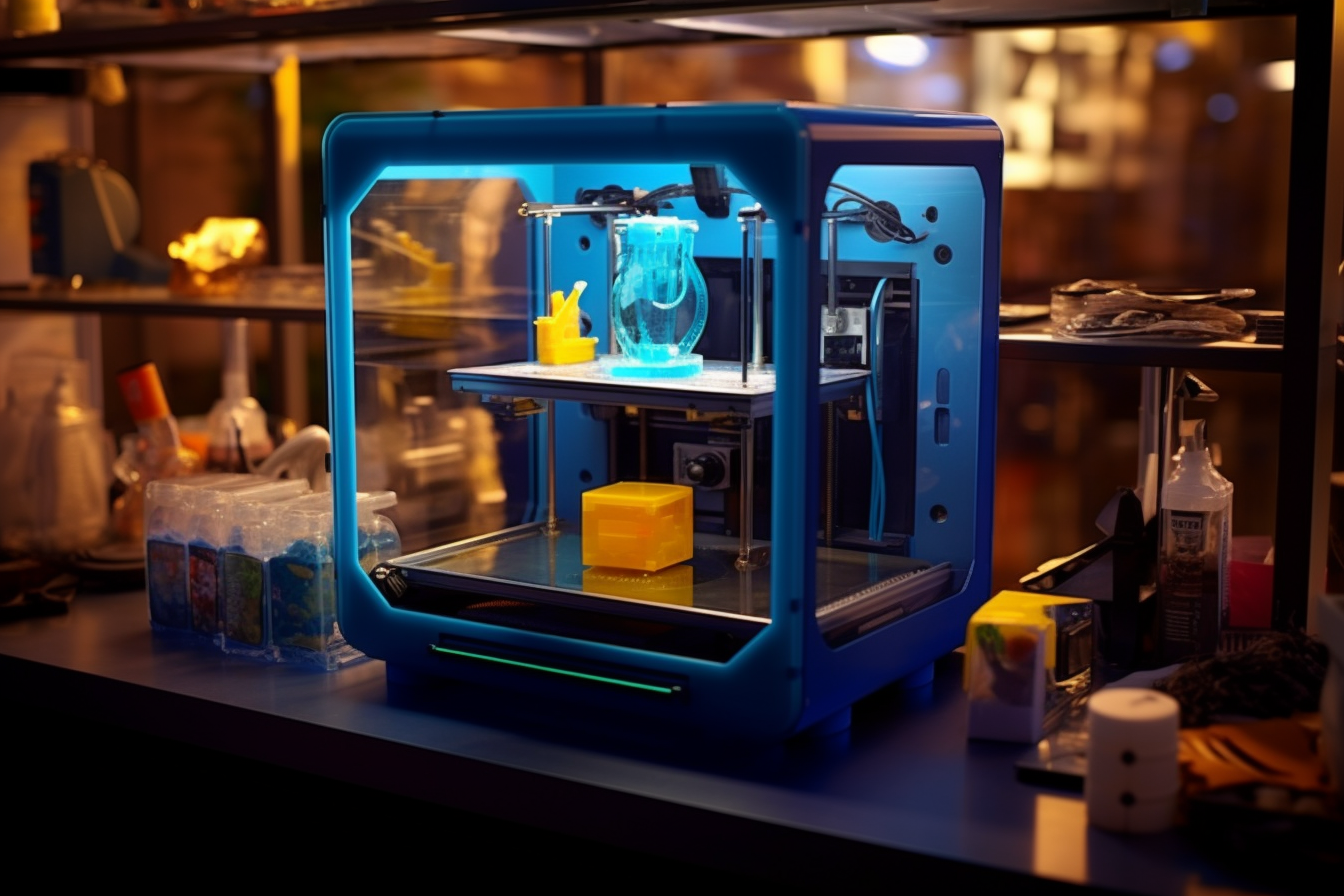
Everything You Need to Know About Tesla’s Battery Storage Facility
March 9, 2021 - Revolutionized Team
Revolutionized is reader-supported. When you buy through links on our site, we may earn an affiliate commission. Learn more here.
In July 2020, Tesla and California’s PG&E broke ground on what may soon become one of the world’s largest battery storage facilities — certainly the largest Tesla battery storage facility to date.
The battery energy storage system (or BESS) — which is being built at the site of the Moss Landing Power Plant, a natural gas power plant that was once the largest power plant in the state — will be able to store up to 730 MWh (megawatt-hours) of energy. It will distribute this power to the grid at a maximum rate of 182.5 MW.
In 2020, the current record-holder for the largest battery storage facility, the Hornsdale Power Reserve in Jamestown, Australia, managed a capacity of 194 MWh (megawatt-hours).
The Moss Landing BESS is scheduled to come online some time in 2021. It will be jointly managed by both Tesla and PG&E, with PG&E retaining ownership of the site.
Future expansion plans could increase storage capacity to as much as 1.2 gigawatt-hours.
The Tesla and PG&E system — not to be confused with the Vistra battery project at the same site — represents one of the most significant strides made towards handling growing issues around energy storage. Many expect these problems to intensify. Why? California plans to transition away from fossil fuels and wants to make the state carbon-neutral by 2045.
How the Moss Landing BESS Works
The facility’s energy storage capacity will come from a total of 256 Tesla lithium-ion Megapacks, the company’s solution for commercial- and grid-scale energy storage. Each of the Megapacks can store up to 3 MWh of electricity and is built to last anywhere from 10 to 20 years.
To keep the batteries cool while in use, they take advantage of a built-in thermal management system. The system uses a coolant fluid made of equal parts water and ethylene glycol to draw heat away from the unit.
How will the system draw power from the grid and deliver energy when needed? The system takes advantage of the existing lines used to connect the Moss Landing natural gas plant to the grid.
According to PG&E, the facility will help save $100 million over its 20-year lifetime by reducing the cost of energy procurement in the region.
Artificial Intelligence Will Help PG&E Optimize Storage and Manage Market Bidding
The Moss Landing BESS will likely be one of the first pieces of utility infrastructure in the California market to use artificial intelligence (AI) to manage market bidding.
In October 2020, energy storage tech company Fluence acquired Advanced Microgrid Solutions, a developer of AI solutions for grid-scale energy storage.
In February 2021, Electrek reported that PG&E would be one of Fluence’s first customers in the California Independent System Operator (CAISO) wholesale market to use its AI trading platform.
The system will help the utility manage market bidding at the Moss Landing BESS. There, site managers will use the system’s AI algorithms to provide advanced price forecasting and hourly bid optimization. These forecasts and optimizations will, ideally, allow the BESS system to more effectively participate in the CAISO market.
The use of AI-powered bidding optimization will help make the system more profitable. Plus, it will manage one of the main challenges to battery storage facilities. The cost of energy storage with current battery technology often exceeds the average revenue generated by market bids for stored energy.
Optimizing bid pricing can help increase facility revenue, making it more economically feasible to operate.
How Tesla Battery Storage May Help Solve Renewable Energy’s Oldest Problem
If effective, the Moss Landing storage facility could provide a model for one of the most significant challenges that the grid will face over the next few decades as we pivot away from fossil fuels to renewable energy sources.
Until recently, with the advent of more effective battery tech, grid-connected generators adjusted production on-the-fly based on grid demand. Even with battery storage, some level of adjustment is necessary to stabilize the grid.
Renewables, unlike power plants that use fossil fuels, can’t easily respond to grid demand spikes. Normally, with a fossil-fuel-powered grid, you can increase production capacity to respond to fluctuating demand.
Two of the most widely-used renewable energy sources — wind and solar — also have major intermittency problems. Even if you have enough production capacity to meet demand most of the time, there will almost certainly be moments when production dips significantly.
Addressing Intermittent Demand
Lillian Mirviss, a government affairs manager at OhmConnect and fellow at the San Francisco chapter of the Clean Energy Leadership Institute, described it like this in a 2019 article for Utility Dive:
“As an abundance of renewables come online between now and 2020, solar and wind generation will exceed demand in the middle of the day (the “belly” around noon to 4:00 pm) and won’t keep pace with demand from 4:00 to 9:00 pm (the “neck”).”
Lillian Mirviss
This problem starts small. However, as more as fossil fuel plants get replaced by renewable energy, it becomes an issue if facilities can’t adapt to changing demands.
Batteries are the obvious solution to this problem. Storing excess energy produced during times of high productivity — extreme winds, full sun, regular river flow — gives plants the opportunity to draw from that reserve when productivity is low or demand increases.
Batteries can also provide load smoothing for when the supply fluctuates. This can help manage spikes that may occur — for example, with changing wind speed.
Combined with consumer-side demand-management strategies — like demand response (DR) or “flexiwatts,” or the use of smart technology to automatically shift demand — batteries may help to solve the challenge that renewables will create for utilities over the next few decades.
Battery Storage Facilities May Not Solve Every Renewable Energy Challenge
One battery facility won’t be able to handle all existing demand in the California energy market. Even 182.5 MW and 730 MWh is not much compared to the average demand for the CAISO market, which is around 20,000 to 30,000 MW, depending on the time of day.
Deploying battery storage that can handle the needs of the entire U.S. also isn’t feasible with current battery prices. Estimates for how much it would cost to build the battery capacity necessary to manage the renewable storage problem vary, with some ranging as high as $2.5 trillion.
Renewable energy also doesn’t produce reliable inertia. Generators and motors at fossil fuel power plants build up inertia as they rotate at grid frequency. When power spikes, these generators have to spin more slowly to compensate. The inertia provides a buffer against these sudden spikes in demand, helping slow the rate of grid frequency change and improve grid stability.
Batteries can’t solve the inertia problem. However, wind farms and solar arrays may be able to generate what’s called synthetic inertia. By using programmable electric inverters, it’s possible to mimic the effect of those large spinning turbines and generators.
In any case, however, the BESS at Moss Landing would almost certainly be a major win for proponents of renewable energy, both in the state and around the world.
Tesla’s Moss Landing BESS May Be a Preview of the Future of Grid Infrastructure
The Tesla Moss Landing BESS will be one of the world’s largest battery energy storage facilities.
As states across the country invest in renewable energy, utility companies struggle to manage the intermittency of wind and solar energy. Facilities like the Moss Landing BESS could help utilities manage this problem. This could significantly smoothen the transition from fossil fuels to renewables.
Facilities like the Moss Landing BESS won’t solve all the problems associated with the green energy transition. The loss of inertia, for example, will likely continue to pose problems well into the future.
However, these battery facilities are likely necessary for large-scale renewable adoption. They may be key in how utilities manage the green energy transition over the next few decades.
As battery tech improves, both the initial capital investment and operating costs of these facilities could decrease. This will make them both more profitable and cheaper to build. In the near-future, facilities at the scale of the Moss Landing facility could become a standard grid feature.
Revolutionized is reader-supported. When you buy through links on our site, we may earn an affiliate commission. Learn more here.








Just had another fire at this facility – yesterday morning. Shut down the highway for about 12 hours. Homes in the area were put under shelter-in-place (close all your windows and shut off your ventilation) orders due to the Haz Mat conditions. All the (other) businesses in the area had to shut down for the day. Apparently, this is a fairly frequent occurrence at these battery storage facilities (there have been at least 2 (less severe) at the neighboring Vistra site – all in the past year. Seems clear that something isn’t working “right”, so far?